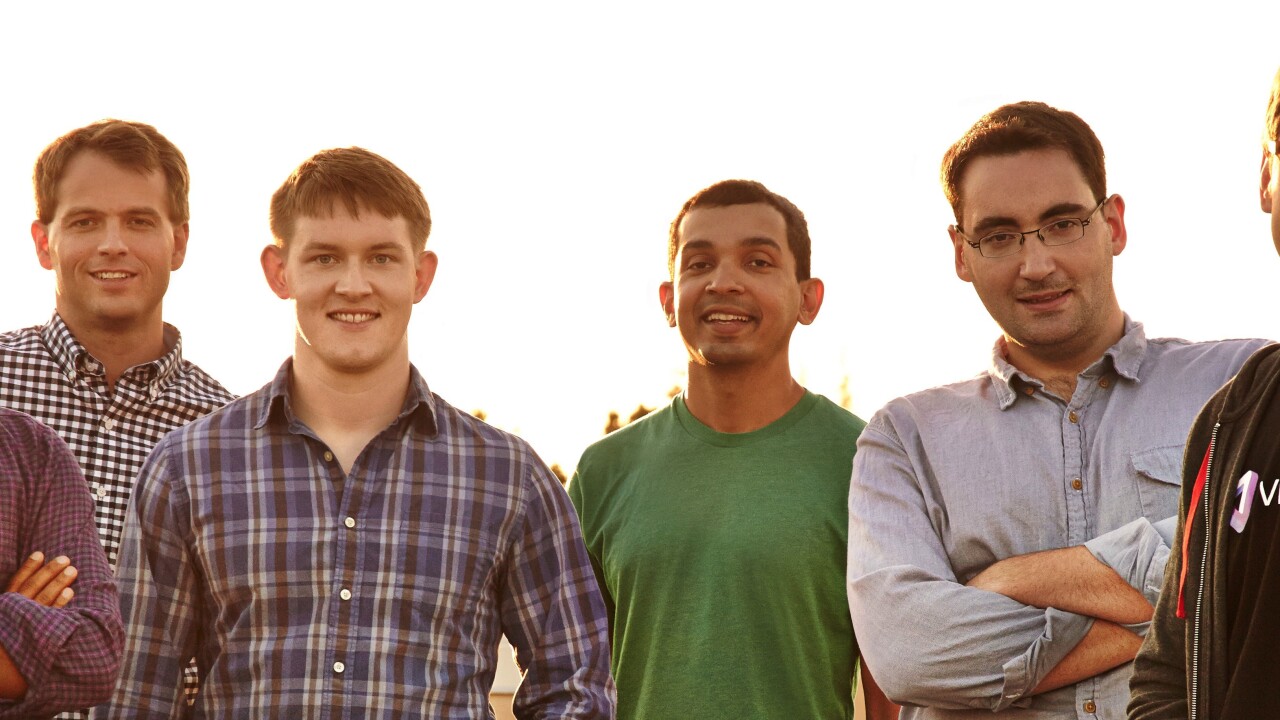
Filling out CAPTCHAs, those peculiar text-based submission forms that help companies to distinguish between humans and bots, has become an embedded feature of the Web. They’re considered to be a pretty effective way of reducing spam on internet forums and blogs, but now that reputation is under threat.
A fledgling startup called Vicarious claims to have developed a piece of artificial intelligence software that can crack up to 90 percent of CAPTCHAs – including reCAPTCHA – offered by Google, Yahoo and PayPal, among others.
To give that figure some context, researchers from Stanford University published a paper in 2011 that said a CAPTCHA scheme should be considered “broken” if an attacker can reliably “reach a precision of at least 1 percent.”
The breakthrough by Vicarious, which the firm is calling the rather forgettable ‘Recursive Cortical Network’ (RCN), is the result of leading research around neuroscience and machine learning.
The startup says this breakthrough renders CAPTCHA ineligible as a Turing test; a method for calculating whether a machine possesses true artificial intelligence.
“Recent AI systems like IBM’s Watson and deep neural networks rely on brute force: connecting massive computing power to massive datasets,” D. Scott Phoenix, co-founder of Vicarious said.
“This is the first time this distinctively human act of perception has been achieved, and it uses relatively minuscule amounts of data and computing power. The Vicarious algorithms achieve a level of effectiveness and efficiency much closer to actual human brains.”
Companies that are developing and using CAPTCHA tests shouldn’t be too worried though. Vicarious says a commercial use of RCN is still “many years away” and will have greater implications for the fields of robotics, medical image analysis and image and video search.
Still, it’s a sign that in the not so distant future, web companies will need new or reinforced methods of keeping the bots at bay.
Photo credit: Adam David Cohen
Get the TNW newsletter
Get the most important tech news in your inbox each week.



